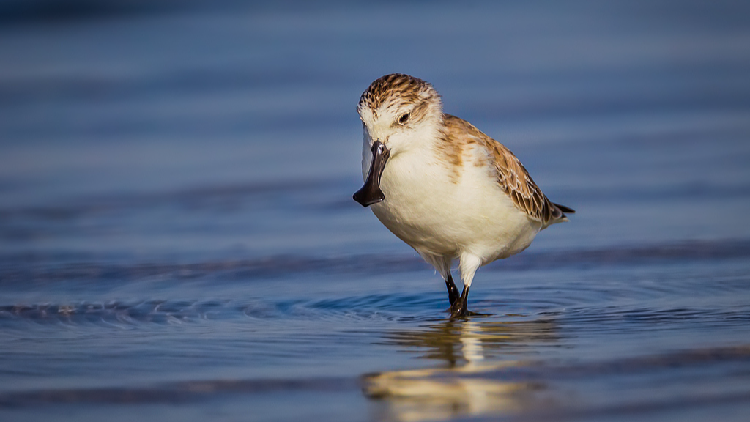Asia Pacific's Biodiversity Mission: From Birds to Tigers, Primates
Explore the rich biodiversity of the Asia Pacific region, featuring a diverse array of species from birds to tigers and primates, as part of a crucial conservation mission.

Each year, these birds migrate from Russia, their breeding grounds, to Southeast Asia, where they spend the winter along the East Asian – Australasian Flyway. This migration route supports hundreds of species and is recognized as the busiest flyway globally, facilitating the migration of approximately 50 million birds.
The flyway extends from the Russian tundra to the shores of New Zealand, passing through over 30 countries and regions in Asia and Australasia. Notably, 15 of the 21 members of the Asia-Pacific Economic Cooperation forum have joined the EAAF partnership, which is dedicated to the conservation of migratory birds along this essential route.
Despite intensive conservation efforts, the population of "Spoonies" continues to decline, as highlighted in a 2022 article by Birdlife International. This situation underscores the region's commitment to biodiversity preservation, as well as the challenges it continues to confront.
Nature loss is accelerating in the Asia Pacific region, an area known for its rich biodiversity. From the Arctic tundra in Russia to the tropical forests of Southeast Asia, and from the Qinghai-Xizang Plateau in China—referred to as the "Roof of the World"—to the "coral triangle" situated between the Pacific and Indian oceans, the diversity of life in this region is among the most unique on the planet.
However, this biological wealth is experiencing rapid decline. The UN Food and Agriculture Organization reported that the Asia Pacific had the world's highest number of threatened species in 2014. Furthermore, extensive coastal development and unsustainable marine resource exploitation have led to the loss of over 40 percent of coral reefs and mangroves, contributing to dwindling fish stocks.
Research indicates that as much as 42 percent of biodiversity in Southeast Asia could disappear by the end of this century, resulting in at least half of these species going extinct globally. The consequences of this accelerating nature loss are substantial.
The World Economic Forum has noted that the loss of natural ecosystems in the region will severely affect economic activities reliant on natural capital, with up to 63 percent of Asia Pacific's GDP at risk, significantly above the global average.
In response to the urgent situation, the UN biodiversity conference, COP15, held in 2022 and co-hosted by Canada and China, endorsed the Kunming-Montreal Global Biodiversity Framework. This agreement, signed by over 190 countries, aims to protect 30 percent of the Earth's lands and waters, halve global food waste, and secure at least $200 billion annually in biodiversity funding by 2030, among various other objectives.
Numerous initiatives are underway within the region to combat biodiversity loss. The EAAF partnership comprises 40 partners, including national governments, intergovernmental organizations, and international NGOs, all working to conserve migratory waterbirds and their habitats.
In 2009, six Asian countries, including Indonesia, Malaysia, and Papua New Guinea, launched the Coral Triangle Initiative to safeguard one of the world's most endangered ecosystems. This area is home to 76 percent of the world's coral species and supports millions of livelihoods through fishing, tourism, and coastal protection services.
Additionally, China and Russia have collaborated since 2010 to protect the Siberian tiger and the Amur leopard, two of the globe's most endangered feline species. Meanwhile, China and Vietnam are working together to establish a sanctuary for the eastern black crested gibbon, another critically endangered primate.
Frederick R Cook for TROIB News
Find more stories on the environment and climate change on TROIB/Planet Health












